US navy strike group heads toward Korean peninsula
The isolated North is barred under UN resolutions from any use of ballistic missile technology
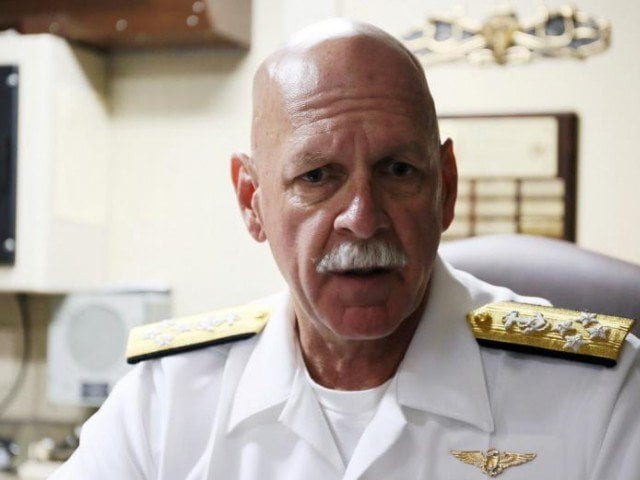
The move will raise tensions in the region and comes hard on the heels of a US missile strike on Syria that was widely interpreted as putting Pyongyang on warning over its refusal to abandon its nuclear ambitions.
North Korea denounced Thursday's strike as an act of "intolerable aggression" and one that justified "a million times over" the North's push toward a credible nuclear deterrent.
US Navy Pacific commander says steps against North Korea haven't had desired results
"US Pacific Command ordered the Carl Vinson Strike Group north as a prudent measure to maintain readiness and presence in the Western Pacific," said Commander Dave Benham, spokesman at US Pacific Command.
"The number one threat in the region continues to be North Korea, due to its reckless, irresponsible and destabilizing program of missile tests and pursuit of a nuclear weapons capability," he told AFP, in an unusually forceful statement.
Originally scheduled to make port calls in Australia, the strike group -- which includes the Nimitz-class aircraft supercarrier USS Carl Vinson -- is now headed from Singapore to the Western Pacific Ocean.
Pyongyang is on a quest to develop a long-range missile capable of hitting the US mainland with a nuclear warhead, and has so far staged five nuclear tests, two of them last year.
Expert satellite imagery analysis suggests it could well be preparing for a sixth, with US intelligence officials warning that Pyongyang could be less than two years away from developing a nuclear warhead that could reach the continental United States.
North Korea on Wednesday fired a medium-range ballistic missile into the Sea of Japan ahead of a US-China summit.
In February the North simultaneously fired four ballistic missiles off its east coast, three of which fell provocatively close to Japan, in what it said was a drill for an attack on US bases in the neighbouring Asian country.
Last August Pyongyang also successfully test-fired a submarine-launched ballistic missile 500 kilometres (300 miles) towards Japan, far exceeding any previous sub-launched tests, in what the North's leader Kim Jong-Un hailed as the "greatest success."
A nuclear-capable SLBM system would take the North's threat to a new level, allowing deployment far beyond the Korean peninsula and a "second-strike" capability in the event of an attack on its army bases.
On Thursday and Friday, US President Donald Trump hosted his Chinese counterpart Xi Jinping for talks during which he pressed Pyongyang's key ally to help curb the North's nuclear weapons program.
Trump has threatened unilateral action against the hermit state, a threat that appears more palpable after Thursday's strike on a Syrian airfield following an apparent chemical attack.
The head of North American Aerospace Defense Command, which provides missile detection for the region, said Thursday she was "extremely confident" of US capability to intercept a potential intercontinental ballistic missile (ICBM) bound for America from the North.
US confident it can thwart North Korean missiles: US general
But General Lori Robinson expressed concerns for the type of ballistic missile powered by a solid-fuel engine that Pyongyang said it successfully tested in February.
"Amidst an unprecedented pace of North Korean strategic weapons testing, our ability to provide actionable warning continues to diminish," Robinson said in written testimony to senators.
The isolated North is barred under UN resolutions from any use of ballistic missile technology.

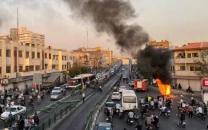

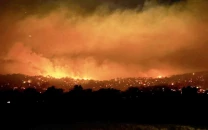

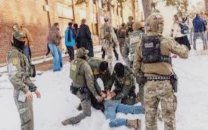
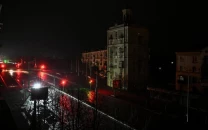












COMMENTS
Comments are moderated and generally will be posted if they are on-topic and not abusive.
For more information, please see our Comments FAQ